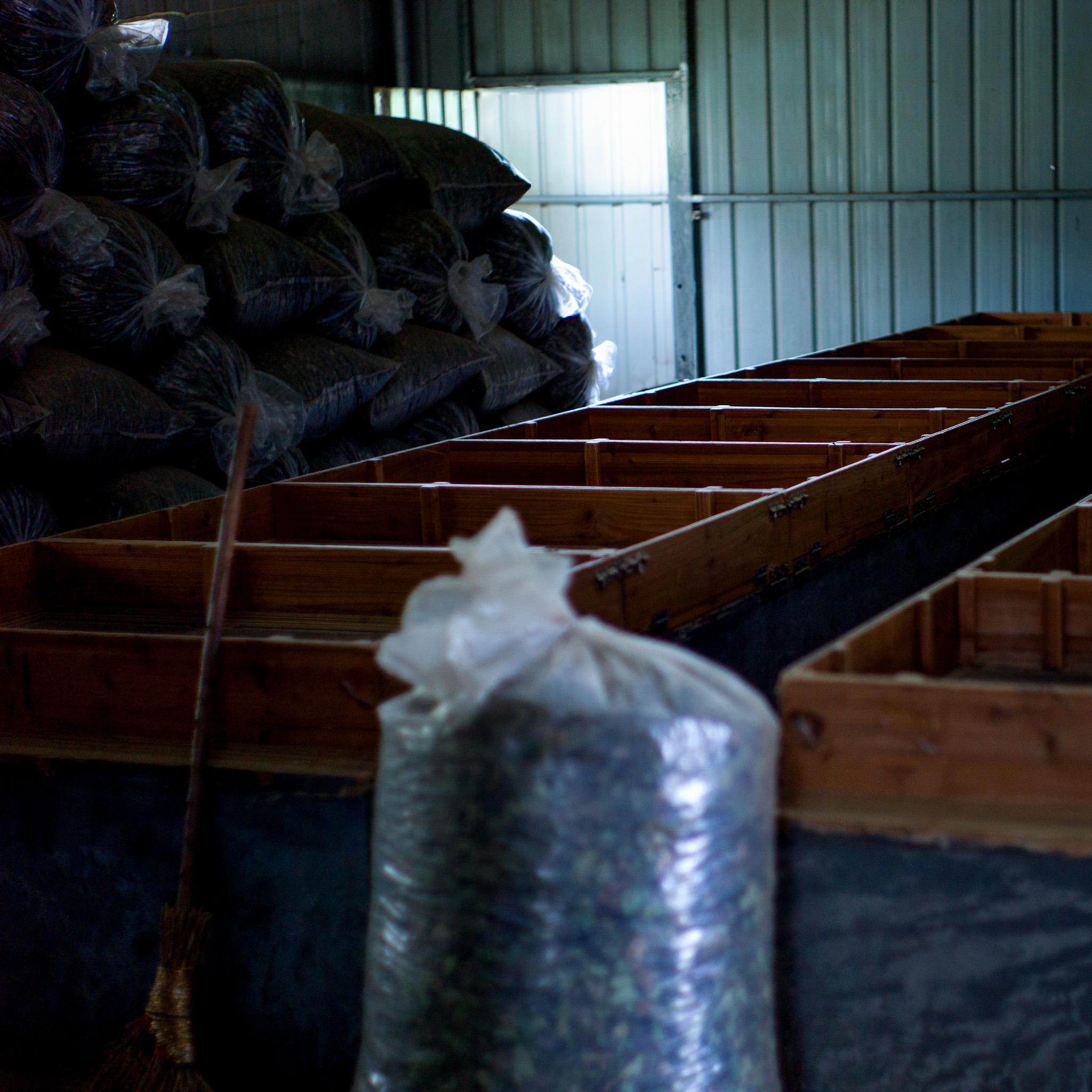How to choose Tea?

Understanding the nutritional content of our tea is essential for maintaining a healthy lifestyle. Whether we are tea enthusiasts or simply enjoy a cup from time to time, knowing what we are consuming is crucial for making informed decisions about our health and wellbeing.
The main compounds found in a tea leaf
The chemical composition of tea is a complex and intricate subject, with thousands of compounds found in both the tea plants and tea leaves themselves. Some compounds go through chemical reactions, breaking down or combining to form new compounds during the growing and processing stages. Some compounds change again when brewed in hot water.
The main compounds in tea can be simplified into seven categories:
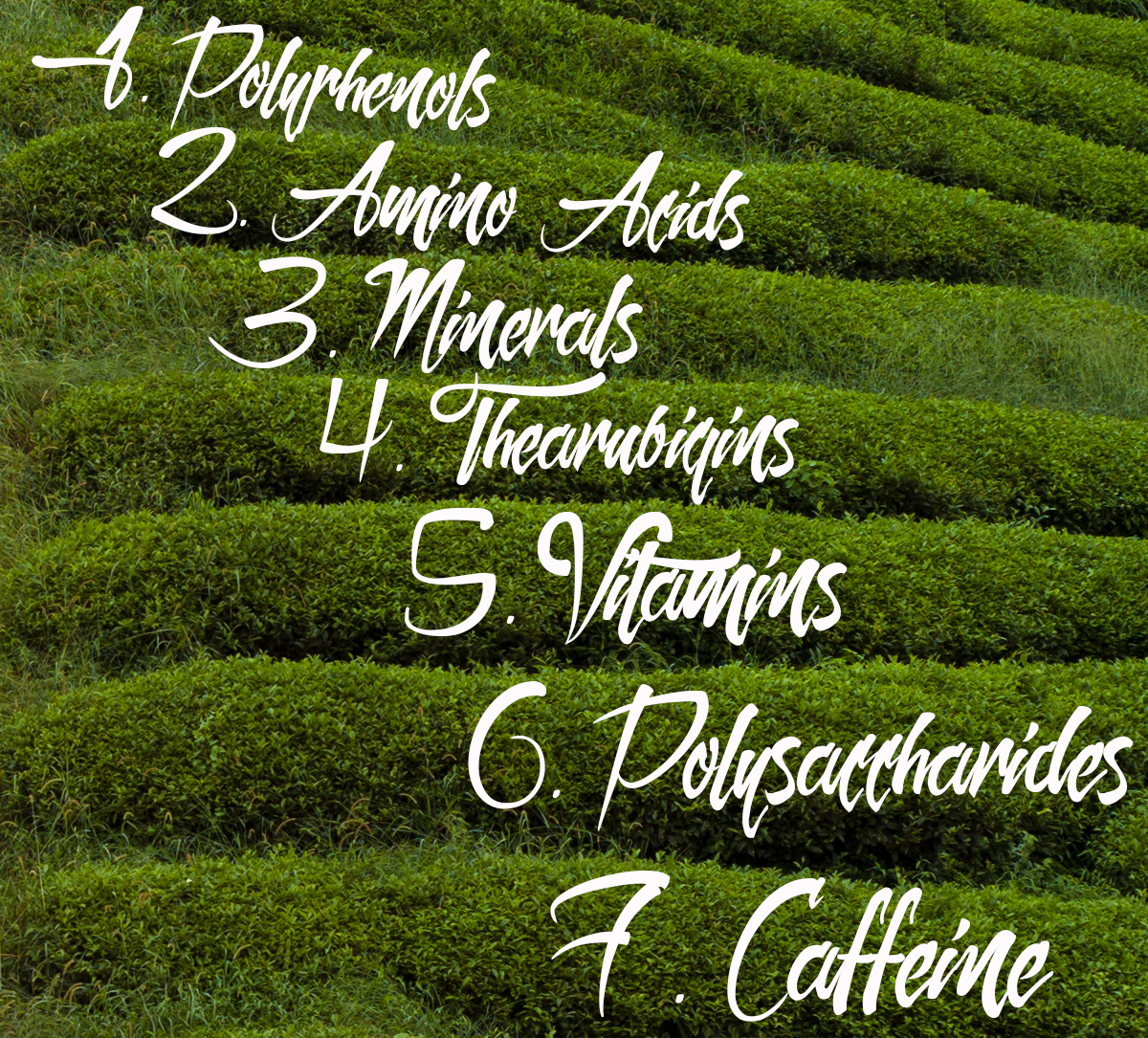
1- Polyphenols
Polyphenols are a group of chemical compounds that are found abundantly in tea leaves and are responsible for many of the health benefits associated with tea consumption. These compounds play a crucial role in protecting the tea plant from pests and diseases, particularly in the vulnerable, young leaves and shoots.
One of the most prominent types of polyphenols found in tea is flavonoids, which are further broken down during the oxidization process. The resulting compounds, theaflavins and thearubigins, contribute to the darker color and stronger flavors that develop as the tea leaves undergo oxidation. Additionally, other flavonoids, such as catechins, not only impact the taste and color of the tea but also provide powerful antioxidant properties.
2- Amino Acids
Tea plants naturally contain high levels of theanine, but the levels can be influenced by environmental factors such as sunlight exposure. For example, shading tea plants before harvesting can increase the concentration of amino acids, including theanine, leading to a higher quality tea with a more complex flavor profile.
In addition to theanine, tea also contains thearubigins, polyphenolic compounds that are formed from amino acids during the oxidation process. These compounds contribute to the flavor, color, and overall health benefits of tea, making it a rich source of amino acids and other bioactive compounds.
3- minerals
Tea contains a variety of minerals that can provide numerous health benefits. The main mineral elements are selenium, aluminium, fluoride, potassium, zinc, manganese, iron, magnesium and iodine, each of them has its own effects on the human body.
One of the most abundant minerals in tea is fluoride, which is essential for maintaining strong teeth and preventing tooth decay. Fluoride is naturally present in the soil where tea plants are grown, and it is absorbed by the plants roots and ultimately ends up in the leaves.
Another important mineral found in tea is manganese, which plays a crucial role in enzyme activation and antioxidant defense in the body. Manganese is present in relatively high levels in tea, and its consumption can contribute to the body’s overall mineral intake.
4- Thearubigins
Thearubigins are a group of polyphenolic compounds that are found in black tea. They are responsible for the dark color of the tea and contribute to its complex flavor profile. Thearubigins are formed during the oxidation process of tea leaves, which occurs when the leaves are exposed to air and heat. This process leads to the conversion of catechins, another group of polyphenolic compounds found in tea, into thearubigins.
5- Vitamins
Tea contains a variety of vitamins, including vitamin A, vitamin D, vitamin C, vitamin B1, vitamin B2, vitamin E, and more. Among these, vitamin C and vitamin B have the highest content in tea.
6- Polysaccharides
Polysaccharides are complex carbohydrates made up of multiple sugar molecules bonded together. Tea plants store energy as carbohydrates, which it generates through photosynthesis, just like other plants.
7- Caffeine
Caffeine is a natural stimulant found in many varieties of tea, Created by the tea plant as a form of protection against bugs and pests. Caffeine can affect your heart rate, brain waves, and physical function, both positively and negatively. The level of caffeine contained in tea leaves depends on how the tea leaves are processed.
When it comes to caffeine content, black tea tends to contain the most of any type of tea. This is due to the oxidation process that black tea leaves undergo, which results in a higher caffeine concentration. On average, an 8-ounce cup of black tea contains between 40-70mg of caffeine, although this can vary depending on factors such as the type of black tea and how it is brewed.
In comparison, green tea typically contains between 20-45mg of caffeine per 8-ounce cup, while white tea generally contains between 15-30mg. Oolong tea falls somewhere in between, with an average caffeine content of 30-50mg per 8-ounce cup.
It's worth noting that factors such as brewing time and water temperature can also affect the caffeine content of a cup of tea. Generally, the longer a tea is steeped and the hotter the water used, the more caffeine will be extracted from the tea leaves.
For those looking to limit their caffeine intake, herbal teas such as chamomile, peppermint, or rooibos are good options, as they typically contain little to no caffeine at all.
Note, the efficacy of tea leaves is similar to that of traditional Chinese herbs, with a multitude of components that interact, coordinate, and restrain each other in complex relationships. Based on current scientific research, we still cannot fully explain all of its pharmacological effects.
The main health benefits and components of tea leaves
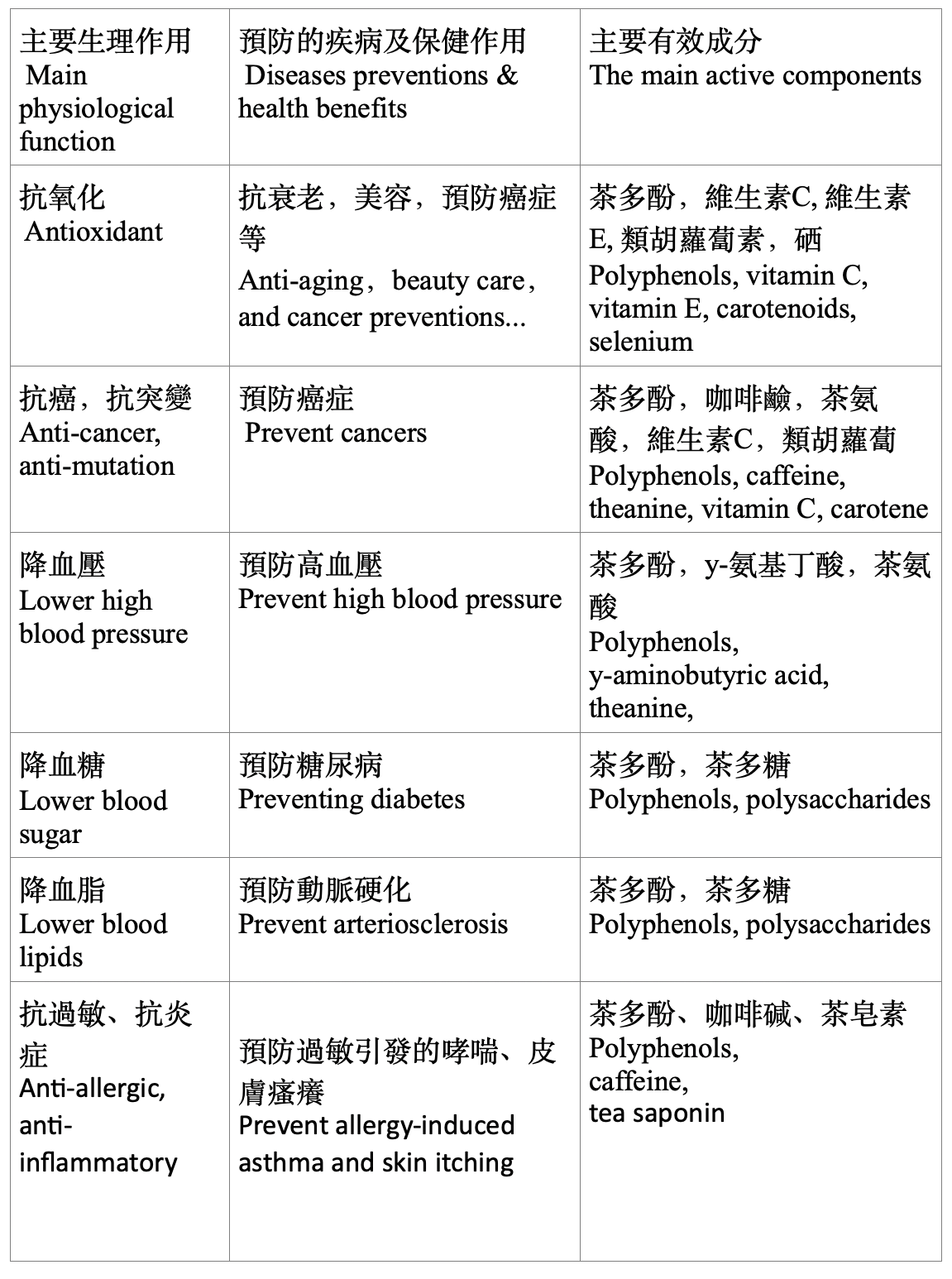
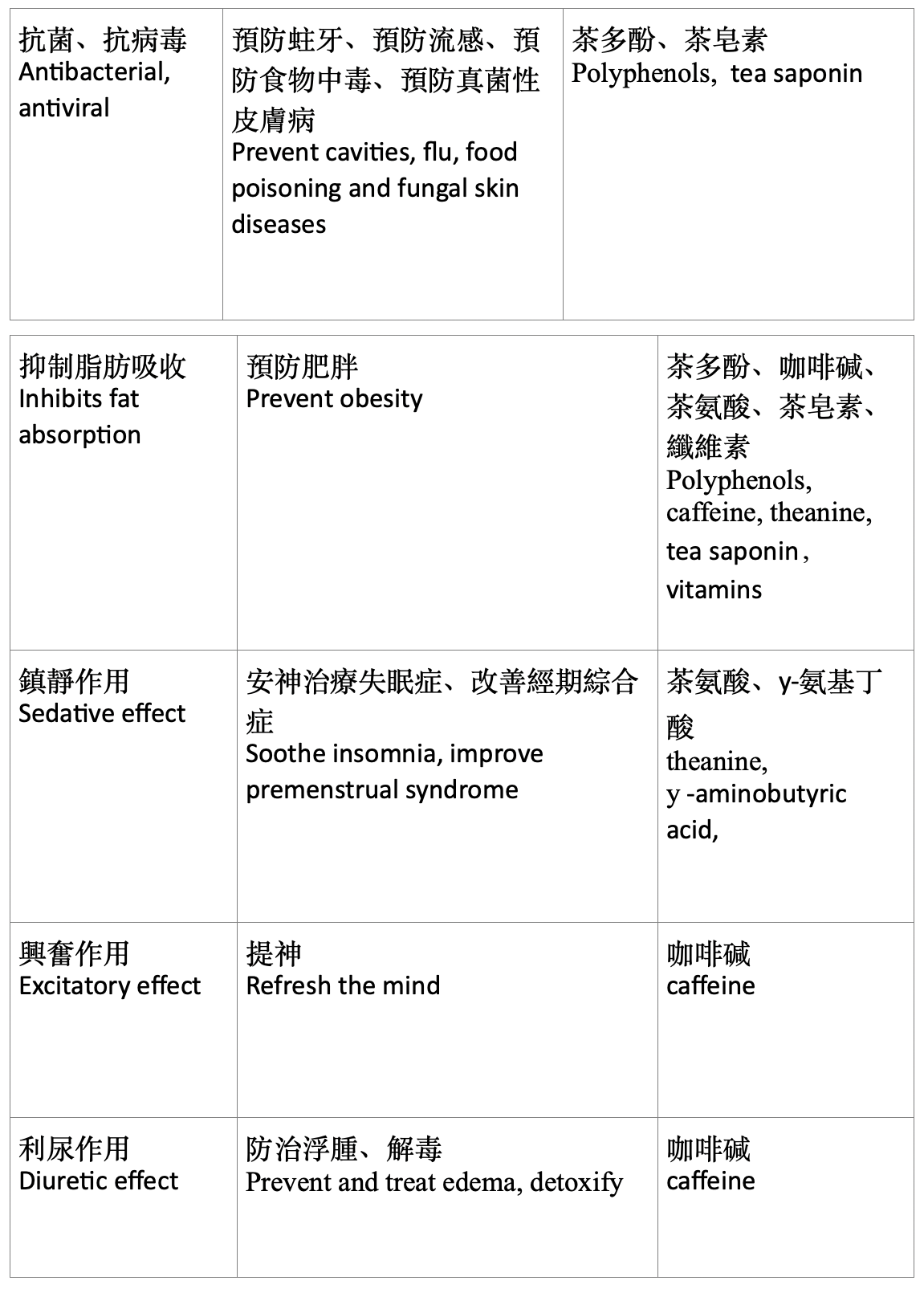
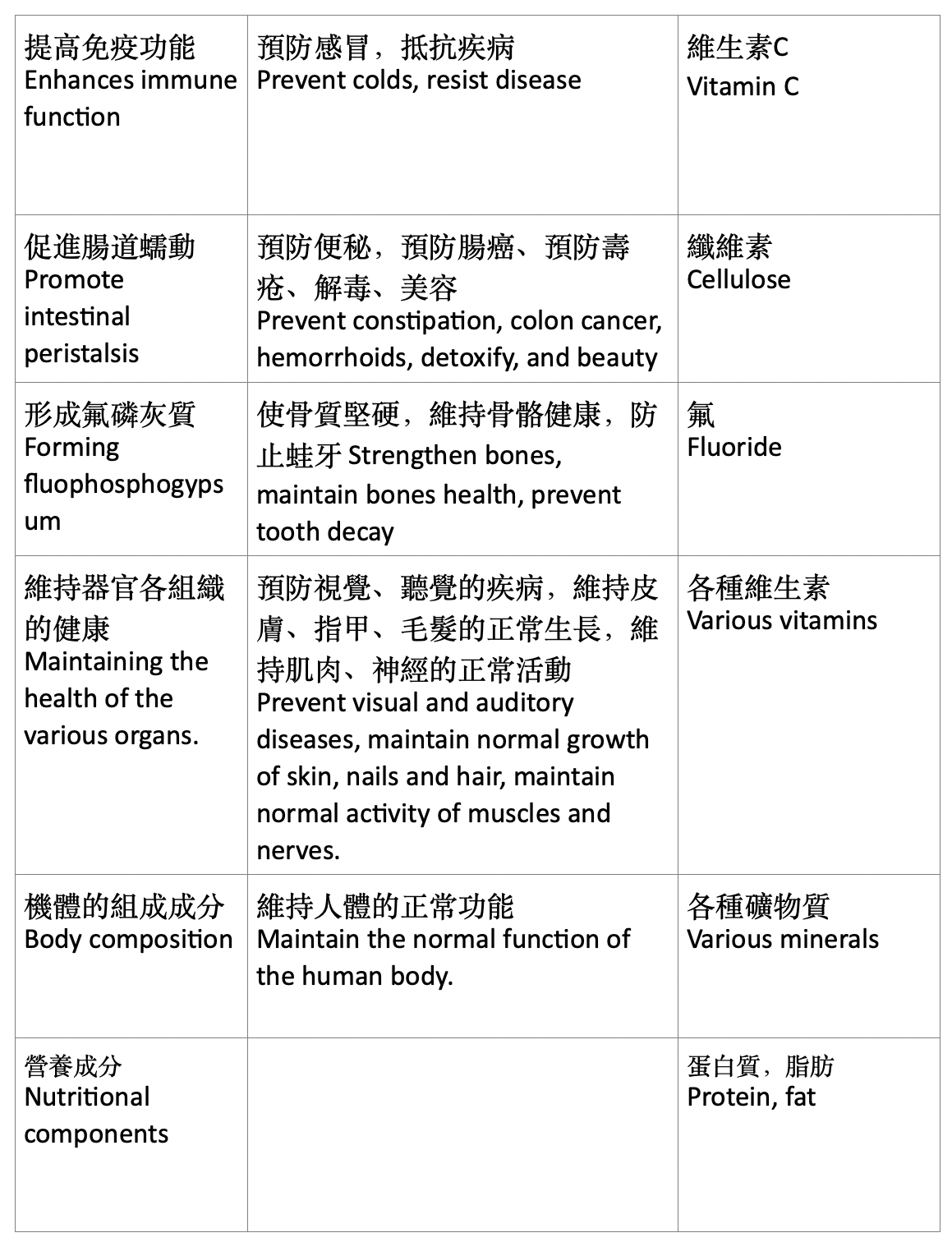
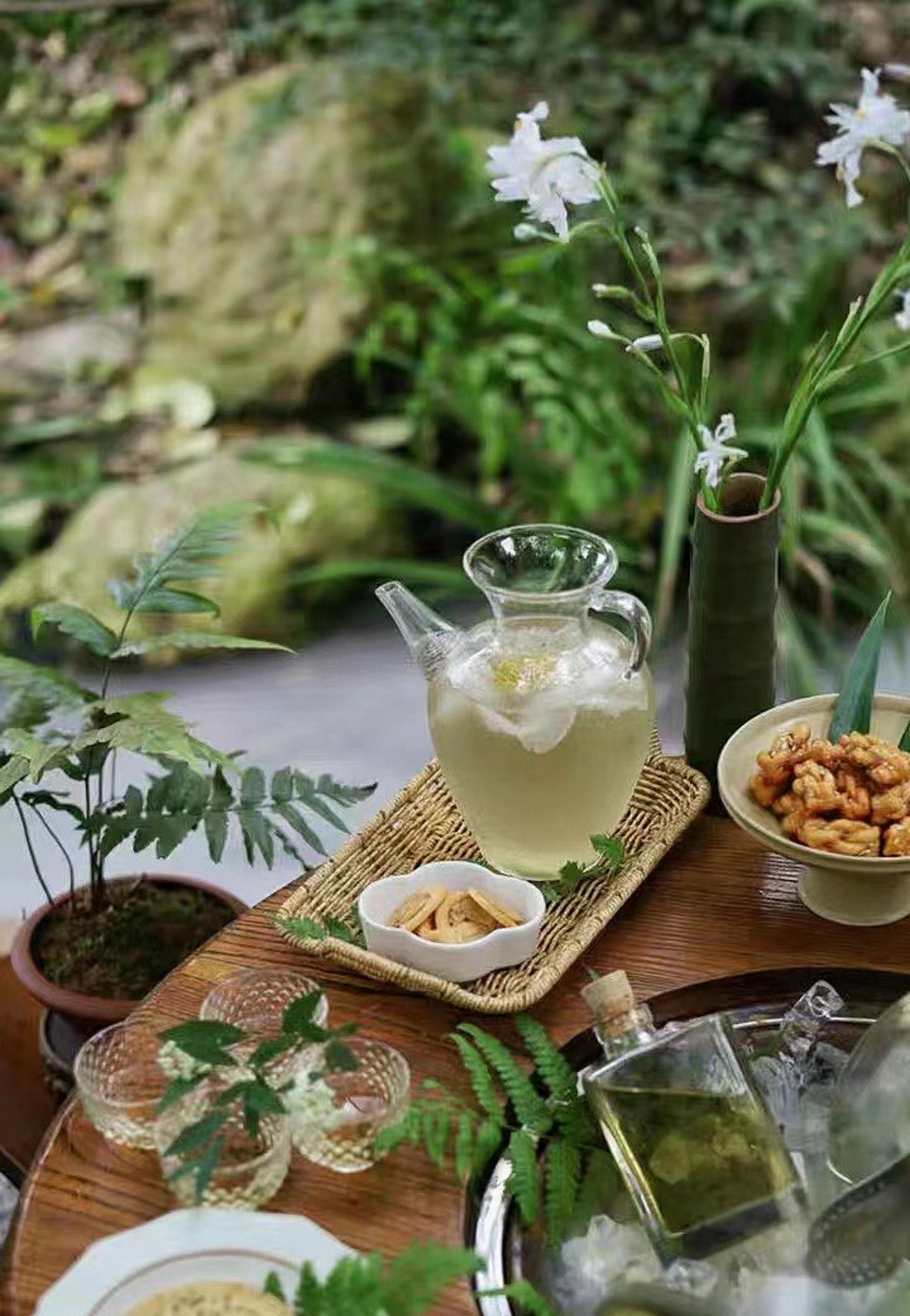
Choosing the right Tea
Choosing the good quality tea can be a daunting task for new tea drinkers. With so many options on the market, it's easy to feel overwhelmed and unsure of where to start. However, with a little guidance and knowledge, selecting the perfect tea for your tastes can be a simple and enjoyable experience.
When it comes to choosing the right tea, it's important to consider your personal preferences and the desired effects of the tea. For example, if you're looking for a calming and soothing tea, you may want to consider herbal teas such as chamomile, Evening relaxing Infusion or peppermint & lemongrass. On the other hand, if you're in need of a pick-me-up, a black or green tea with higher caffeine content may be more suitable.
Based on the author's knowledge and experience of tea, we would like to offer you the following suggestions:
1- Drink Organic Safe & Healthy Tea
When we choose tea, the first and foremost factor to consider is whether the tea is safe or not. There is no doubt that we should be careful with what we drink. As the old saying goes, " trouble comes from the mouth!" Therefore, as a consumer, when you buy tea, it is best to check whether the tea packaging is printed with a trustworthy and authoritative organic label. Some tea merchants claim that their tea is pesticide-free, but don’t believe them because even if there is no pesticide may also put chemical fertilizers. Even if there are no pesticides, they may still use chemical fertilizers. Without an organic label, the tea is not organic and may not be safe for people to drink.
In the past, when shopping on websites was not as popular as it is now, many tea artisans would advise their customers to go to the tea room in person to taste and buy the tea, etc. However, nowadays, it is very convenient to buy tea on the website. As long as the product packaging is printed with the safe and organic label, you can buy tea on the website anytime and anywhere without any worries, saving a lot of personal time, going to a tea room to taste and buy tea in person is a very different and wonderful experience!
2- How to choose your body type of tea.
There are many types of tea, which can be broadly categorized into unfermented tea, semi-fermented tea and fully fermented tea. Each type of tea has its own suitable group of people. Drinking tea regardless of body type may bring about some discomfort.
For example, green tea is rich in polyphenols and caffeine, which can be irritating to the stomach. People with weak stomachs should drink less green tea, especially not on an empty stomach, or else they will experience discomfort. These people can choose black tea and ripe puerh tea to warm their stomachs.
Recommended (Fully Fermented Tea has fewer Polypheols):
- Yunnan Sun-dried Black Tea (fully fermented)
- Yunnan Ripe Puerh Gold Balls (fully fermented)
- Taiwan Sunrise Charcoal Baked Oolong Tea (above 80% fermented, has fewer polyphenols and caffeine.)
- Taiwan Oriental Beauty Oolong Tea (about 80% fermented)
Floral tea and fully fermented tea are more suitable for women and the elderly to drink, especially for women before and after menstruation or menopause. Drinking flower tea is beneficial for reducing stress and irritability.
Some recommendations:
Evening Relaxing infusion Tea (decaffeinated), Jasmine Green Tea, Peppermint Lemongrass Tea (decaffeinated), Chamomile Tea (decaffeinated), (Fully Fermented Tea): Yunnan Sunlight Black Tea, Yunnan Ripe Puerh Gold Balls.
In general, most types of oolong tea (semi-fermented) have better blood lipid-lowering and digestive properties. It can also be consumed when staying up all night to refresh and relieve fatigue. Oolong tea is suitable for all healthy people, regardless of whether you have a cold body type or a hot body type; you can drink oolong tea all year round.
Recommended Oolong Teas: -Taiwan Sunrise Charcoal Baked Oolong Tea ( above 80% fermented),
-Taiwan Oriental Beauty Oolong Tea (about 80% fermented).
3- Choose your tea flavour
Tea flavors range from fresh, aromatic green tea, raw puerh tea, fragrant white tea, warm black tea, mellow and robust ripe puerh tea, and full-bodied oolong tea. No matter which flavor of tea you like, buy a little bit of each tea and try them out to know which one you really like. In order to cater to new tea drinkers, we have specially customized 11 tea gift boxes, each containing 11 different flavors of tea, hoping that there is always a tea for your taste!
4- Drinking tea according to the seasons is important
Are you drinking the same tea in all seasons? If you want to use tea to maintain your health, you should not drink only one type of tea throughout the year. Instead, You should choose your tea according to the seasons.
Spring is more suitable for drinking floral tea, such as jasmine tea. Floral tea has the effect of aroma dispersal, not only beneficial for dispelling the body’s coldness, but also for promoting the refreshment of Yang Qi, the driving force of biological activities in the human body. Yin and Yang are the principles of Chinese philosophy. Yin is negative, dark, and feminine. Yang is positive, bright, and masculine. Yin and Yang work together to maintain the harmony of everything in the universe, for example: sky and land, day and night, man and woman...
In Summer, it is more suitable to drink green tea, white tea (such as moonlight white tea and raw Puerh tea), as these are cool teas. They have the effects of stimulating the flow of fluids in mouth, quenching thirst, eliminating excessive food in the stomach, and resolving phlegm.
In Autumn, it is more suitable for drinking Oolong tea because it is about 50% fermented, moderate in nature, half of cold and half hot, which maintains and balances heat and cold in the human body. It also moisturizes the skin, soothes the throat, and relieves dryness by eliminating accumulated heat in the body. Most oolong teas are semi-fermented, which means they are suitable for drinking all year round. The Oriental Beauty Oolong Tea, which is the most fermented of the Oolong teas, with about 70% fermentation, very close to black tea.
In Winter, it is more suitable to drink warm black tea and ripe puerh tea, as they can nourish Yang Qi. These teas are also rich in protein and tea polysaccharide, which can strengthen the ability to resist cold and aid digestion.
Five elements to select your tea
1/ To check the appearance of the dried tea leaves including color, shape, cleanliness, dryness, and humidity.
2/ To smell the aroma of dried tea , wet tea aroma, cup lid aroma, and cup bottom aroma.
3/ To check the brightness and clearness of the tea soup.
4/ To taste (mouthfeel) The characteristic flavors of different types of tea, include smoothness, delicacy, mellowness, sweetness, and purity.
5/ To inspect the underside of the leaves for vitality, toughness, texture and the pattern.
Will drinking tea cause stomach upset or insomnia?
Tea polyphenols and caffeine in tea are the main causes of stomach upset and poor sleep. In particular, the blend of polyphenols and caffeine, and heavily put pesticides and chemical fertilizers on tea leaves, stimulates the body's central nervous system and intestines, which is too much for sensitive people to withstand, resulting in an upset stomach and poor sleep. On the contrary, organic tea is much softer! According to research, 5 cups of tea have the same amount of caffeine as 1 cup of coffee. Drinking tea is a gradual refreshment that lasts throughout the day. Coffee is an instant pick-me-up, but it's short-lived. So, whether you love coffee or tea, stick with a sip and skip tea after 3 p.m., and take your time to find the right type of tea and coffee for you. If your body can't take caffeine, you can choose non-caffeinated teas. For example, peppermint lemongrass tea, chamomile tea, Evening Relaxing Infusion tea (Rooibos tea mixed with lavender).
Tea polyphenols, also known as tannins or tea tannins, are a general term for all polyphenolic substances in tea, such as the most familiar catechins, which are one of the types of tea polyphenols. Tea polyphenols are an important component of the flavor of tea leaves, and they also provide the plant with a defense against environmental changes. Tea polyphenols are strong antioxidant health factors for the human body, especially for cardiovascular diseases. Although tea polyphenol has high nutritional value, it is not suitable for people with gastroesophageal reflux, gastric ulcers, and intestinal bleeding to drink tea containing tea polyphenol and caffeine.
Tea with low caffeine content. People on the internet often say that fully fermented black tea has the highest caffeine content and the least amount of tea polyphenols. Green tea, white tea, and Oolong tea are the next most caffeinated teas. This is a generalization! In fact, there are many factors that affect the amount of caffeine. For example:
1. The tenderness of the tea leaves, tea buds, and young leaves has the highest caffeine content.
2. The degree of roasting of the tea leaves, the higher the degree of roasting, the lower the caffeine content.
3. The higher the temperature and the longer the tea leaves are steeped, the more caffeine is released into the tea.
4. Tea powder, such as matcha tea powder, has the highest caffeine content among all tea products after being ground into a powder form.
What tea should people with sensitive stomachs drink ?
The higher the degree of fermentation, the lower the amount of polyphenols. The more roasted (baked) the tea, the less caffeine it will have. Therefore, for those with an upset stomach, it is best to choose a tea that is both fermented and roasted (baked). For example, Taiwan Sunrise Charcoal Baked Oolong Tea would be a great choice.
1. Oolong tea has the highest degree of fermentation and low polyphenol content.
2. Medium heat charcoal baking, lower caffeine content.
3. This oolong is suitable for cold brewing as well, as it is easier on the stomach.
It is advised not to drink tea with an empty stomach, or to make it too strong.
